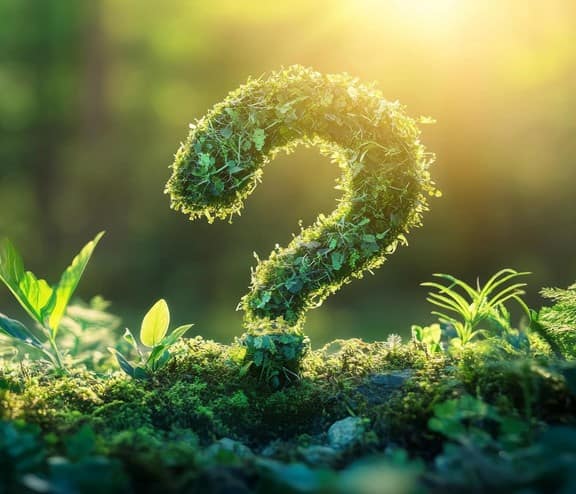
Every industry has them, but why are the quirky words and phrases we use in waste so confusing?
Words matter
This month the UK government finally agreed on a new description for the inclusion of recycled content in plastic packaging - called a ‘mass balance’ approach – and so we thought it was about time someone explained what these idiosyncratic phrases actually mean.
The ‘Mass Balance’ mythology
Does the mere mention of mass balance leave you feeling unsteady? It shouldn’t. Because Mass Balance is simply a way of verifying that new methods of recycling plastic can be counted towards your inclusion of recycled content. Chemical recycling for plastics – a process that melts down polymers to their original building blocks before building them back up into new materials - makes the feedstock you use for a product or piece of packaging very difficult to differentiate from brand-new fossil fuel derived plastics. However, this time-honoured balancing approach of inspection, cleverly accounts for the incoming and outgoing weight of recovered plastic. In other words, the weight of collected material a manufacturer takes in is simply balanced out by what they sell for inclusion in a new product or piece of packaging.
This methodology is already tried and tested in the timber, cocoa and energy industries as examples, where tracking commodities, food ingredients and even energy, is challenging through a complex supply chain.
Finally the government has agreed that the definition of chemical recycling should be technology and process neutral to support innovation and allow for the development of new technologies. Significantly it has also agreed that the definition should exclude plastics that are used in the production of fuel or the generation of energy.
Closed-loops not loop-holes
Is the often spoken closed-loop concept spinning you around in circles? Relax. This just links back to our Mass Balance conversation because, in a closed-loop system, the material that is collected for recycling goes straight back into the same or a very similar product and is verified as such by the tonnage of material you take in and then count back out.
For example, the humble HDPE plastic milk bottle is a classic case of a closed loop because the plastic flows around and back into the same system. Dairy Brand X’s old bottles don’t go directly back into Dairy brand X’s new ones, but they can rest assured that the mass of material they placed on the market comes back to them. In an open loop, when one might use that material for something else (into a shampoo bottle instead of a milk bottle for example), we still successfully recycle that plastic, but just no longer within the same closed system.
Plastic Tax need not be taxing
A loophole of a completely different kind has just been closed by an update to The Packaging Plastic Tax – also known as PPT. Until now the PPT rules allowed brands and retailers to include what’s euphemistically known as ‘pre-consumer’ waste in their new products and still claim it was recycled. But what do ‘pre-consumer’ and ‘post-consumer’ actually refer to?
Post-consumer waste is what a consumer like you or I have generated and put out for recycling. Pre-consumer, on the other hand, is waste that hasn’t made it to the final consumer but may have become waste elsewhere in the process. This is often plastic or cardboard that was manufacturing waste, and simply fed back into the process. As a result, brands will soon no longer be able to claim this material as part of their efforts to include recycled content.
Upcycling & downcycling do’s and don’ts
Does the use of the words upcycling and downcycling give you the recycling run-around? It shouldn’t, because the differences are easy to explain. If something is being recycled, we intuitively know it’s being recovered to be turned into another product or piece of packaging. However, what it’s actually being turned into should then denote the appropriate description.
If we downcycle something, it’s remade into an inferior product that may only have one more life; think flexible plastic packaging downcycled into a black bin liner. If it’s recycled, it’s remade into something that may still have more future lives or uses, e.g., a clear plastic bottle recycled into a coloured food tray, then recycled again into a non-food application. And then upcycling is when a product or piece of packaging is made into a superior item or has more value than when it started, e.g., Flotsam Flo turning old Post Office warehouse bags into new, shiny upcycled backpacks.
Conclusions not illusions
Whilst we acknowledge this is not a comprehensive list of all the weird and wonderful ways we describe Waste, we still hope it’s given you an insight into some of the more common phrases. In the meantime, please do reach out to us if there is anything that we haven’t covered or you’re desperate to have defined.